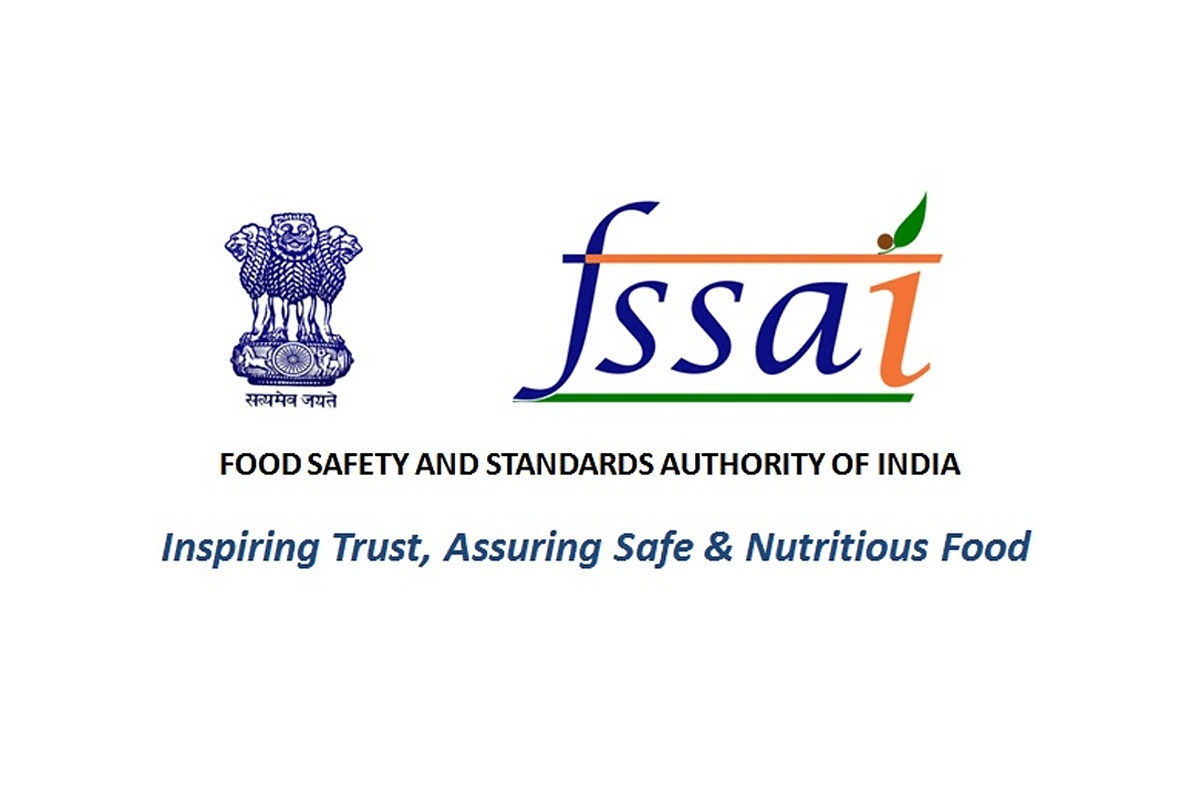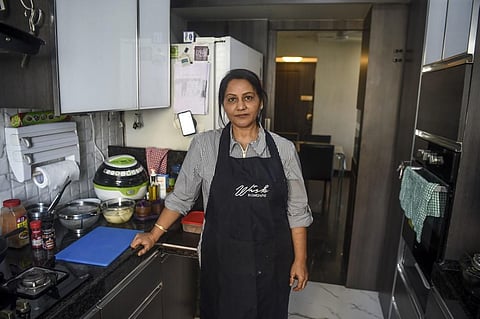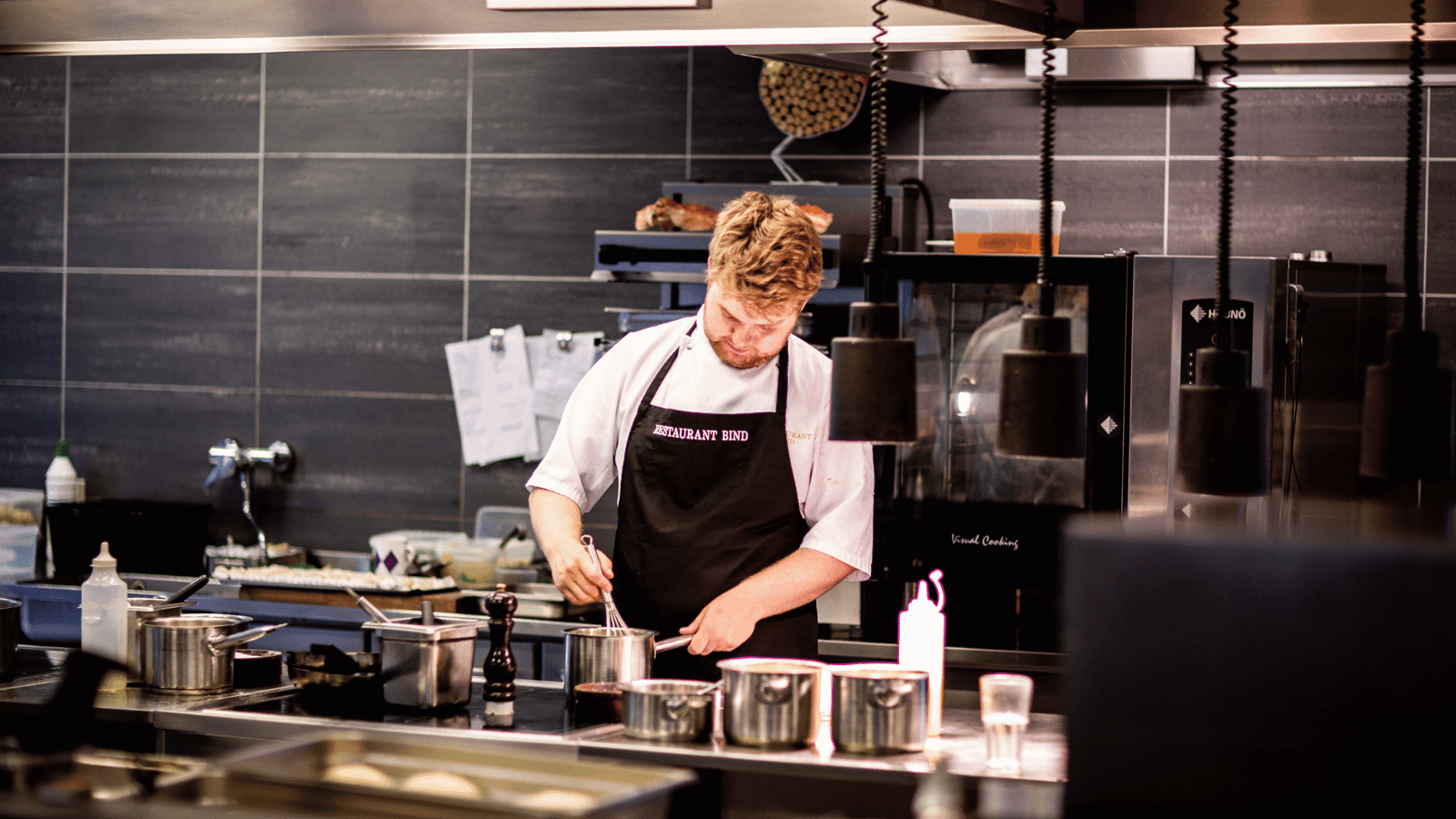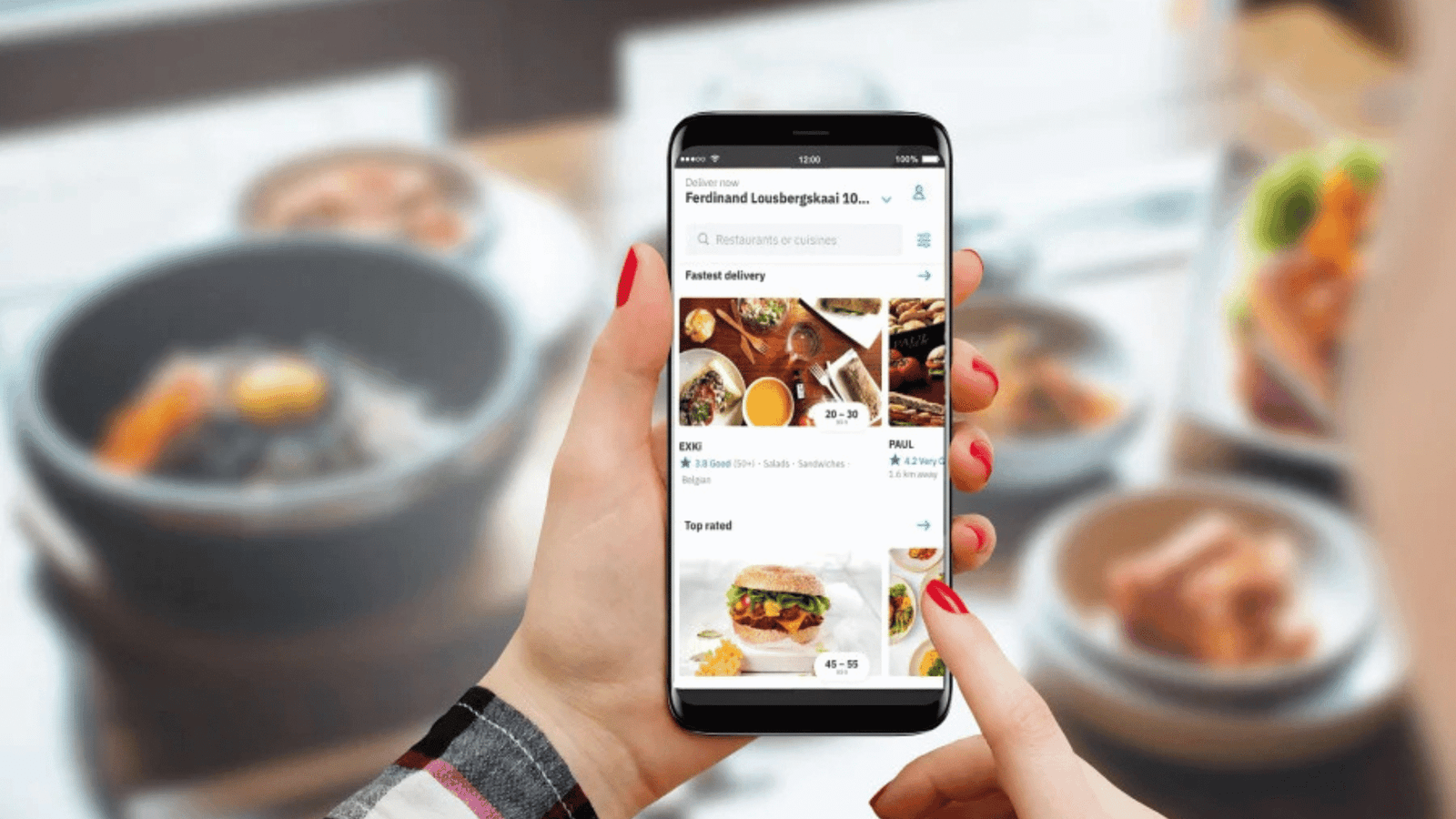The food delivery industry is thriving, making cloud kitchens—also known as ghost kitchens—one of the most profitable business models for aspiring food entrepreneurs. If you’re wondering how to start a cloud kitchen from home, this model offers a cost-effective way to launch a food business without the high expenses of a traditional restaurant setup. By operating from home, you can cater to customers through online food aggregators and direct orders while maintaining lower overhead costs. This comprehensive guide will take you through the step-by-step process, covering everything from legal requirements to marketing strategies and operational setup, ensuring your home-based cloud kitchen is set up for success.
Step 1: Understanding the Cloud Kitchen Business Mode

A cloud kitchen is a delivery-only restaurant that operates without a physical dine-in space. Orders are placed through food delivery platforms such as Swiggy, Zomato, Uber Eats, or your own website. These kitchens focus entirely on online orders, making them a cost-effective and scalable business for food entrepreneurs.
Key Benefits of a Home-Based Cloud Kitchen:
- Low Investment: No expenses for renting a dining space.
- Flexible Operations: Work from your home kitchen with minimal staff.
- Higher Profit Margins: Reduced overhead costs increase profitability.
- Scalability: Expand to multiple delivery areas without large investments.
Step 2: Legal Licenses and Registrations Required

How to Start a Cloud Kitchen from Home 🚀 Launch a profitable food business with our step-by-step guide on setup, legal requirements, marketing, and growth strategies!
1. FSSAI License (Food Safety and Standards Authority of India)
An FSSAI license is mandatory for any food business in India. It ensures your food preparation meets safety and quality standards.
- Apply online through the FSSAI website.
- Requires kitchen details, food category, and personal identification.
2. GST Registration
If your annual turnover exceeds ₹20 lakhs, you must register for GST. This will allow you to issue GST-compliant invoices.
3. Trade License
Issued by the local municipal authority, this license ensures that your home-based kitchen complies with local business laws.
4. Fire and Safety License
If using commercial cooking equipment, you may need a fire safety certification from your local fire department.
5. Health and Safety Permits
Your kitchen must meet hygiene standards, which may be inspected by local health authorities.
Step 3: Setting Up Your Home-Based Cloud Kitchen

A well-planned kitchen setup ensures efficiency and smooth operations. Consider the following factors:
1. Kitchen Equipment & Storage
Invest in commercial-grade kitchen equipment for high-volume cooking. Essential equipment includes:
- Cooking Range & Ovens
- Refrigerators & Freezers
- Food Processors & Mixers
- Storage Containers for Ingredients
- Proper Ventilation & Exhaust Systems
2. Sourcing High-Quality Ingredients
Partner with local vendors or wholesale suppliers for fresh and cost-effective ingredients. Maintain stock control to avoid waste and manage inventory efficiently.
3. Packaging Materials
Invest in eco-friendly and branded packaging to create a strong brand identity. Consider:
- Leak-proof containers
- Tamper-proof seals
- Custom-printed boxes with logo & branding
Step 4: Creating a Profitable Menu for Online Success

Your menu should be designed for delivery efficiency while maintaining high food quality. Follow these guidelines:
1. Focus on Delivery-Friendly Dishes
Choose items that stay fresh and travel well to avoid customer complaints.
2. Optimize Food Costs
Calculate food cost percentages to maintain high-profit margins while offering affordable pricing.
3. Offer Combo Deals & Value Meals
Attract more customers with combo deals, discounted meal boxes, and family packs.
4. Update Menu Based on Demand
Monitor sales data and tweak your menu based on customer preferences and seasonal trends.
Read Also :- How to Increase Sales in Your Cloud Kitchen?
Step 5: Choosing the Right Delivery Partners

Cloud kitchens depend on online food delivery platforms for customer reach. Choose the right partners to maximize orders.
1. Register with Food Delivery Platforms
Sign up with Swiggy, Zomato, and other local aggregators to increase order volume.
2. Build Your Own Online Ordering Website
Develop a user-friendly website or a mobile app for direct orders to save on commission fees.
3. Partner with Local Delivery Services
For hyperlocal deliveries, collaborate with local delivery providers like Dunzo, Shadowfax, or WeFast.
Step 6: Branding and Marketing for Maximum Visibility
A strong brand presence ensures your cloud kitchen stands out in a competitive market. Follow these marketing strategies:
1. Social Media Marketing
- Create a presence on Instagram, Facebook, and Twitter.
- Post high-quality food photos and engaging reels.
- Run giveaways and discount campaigns.
2. Google My Business & SEO
- List your kitchen on Google My Business for local visibility.
- Optimize your website with SEO to rank for keywords like “best home-based cloud kitchen near me”.
3. Influencer & Food Blogger Collaborations
- Invite local food bloggers for reviews.
- Send free meal boxes for social media promotions.
4. Customer Loyalty Programs
- Offer discounts for repeat customers.
- Introduce a referral program for customer growth.
Read Also:- Top 5 Cloud Kitchen Marketing Ideas
Branding Consistency for Restaurants, Cafés, or Cloud Kitchens: Key to Success
Step 7: Managing Orders and Customer Experience
For a seamless ordering experience, implement efficient order management and ensure customer satisfaction.
1. Invest in a POS System
A Point of Sale (POS) system helps manage:
- Order processing
- Inventory tracking
- Customer data collection
2. Ensure Timely Order Preparation
Maintain a quick turnaround time to reduce delivery delays.
3. Address Customer Feedback Promptly
Monitor online reviews and respond professionally to customer feedback.
Read Also :- How to Start a Cloud Kitchen Business: A Comprehensive Guide for Success
Step 8: Scaling Your Cloud Kitchen Business
Once your home-based cloud kitchen gains traction, explore growth opportunities:
1. Expand to Multiple Locations
Consider renting a shared commercial kitchen for larger-scale operations.
2. Launch a Franchise Model
If your brand gains popularity, explore a franchise model for rapid growth.
3. Introduce Subscription-Based Meal Plans
Offer daily/weekly/monthly meal plans to secure recurring revenue.
4. Partner with Corporates & Events
Collaborate with corporate offices or event planners to cater bulk orders.
Final Thoughts
Starting a cloud kitchen from home is one of the most profitable and low-risk food business ideas. With the right strategy, marketing approach, and customer focus, you can build a successful cloud kitchen brand from the comfort of your own home. Follow the steps in this comprehensive guide, and you’ll be on your way to running a thriving cloud kitchen business.
FAQ’s
Q1. What are the legal requirements to start a cloud kitchen from home?
You need an FSSAI license, GST registration, trade license, and fire safety compliance to legally operate a home-based cloud kitchen.
Q2. How much investment is needed to start a home-based cloud kitchen?
The initial investment varies but can start from ₹50,000 to ₹2 lakhs, depending on equipment, packaging, and marketing.
Q3. How do I get orders for my cloud kitchen?
Register on Swiggy, Zomato and create a website with social media marketing to attract direct orders.
Q4. What type of food is best for a cloud kitchen?
Choose delivery-friendly food that stays fresh and travels well, such as biryani, burgers, pasta, or meal bowls.
Q5. How can I scale my home-based cloud kitchen?
Expand by partnering with corporates, adding new locations, launching a franchise model, or introducing subscription meal plans.





